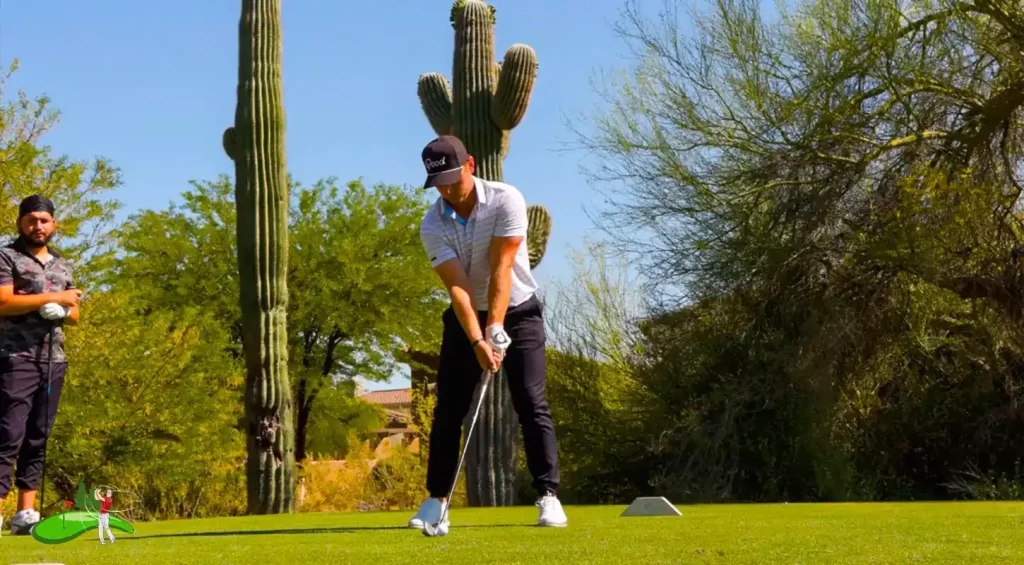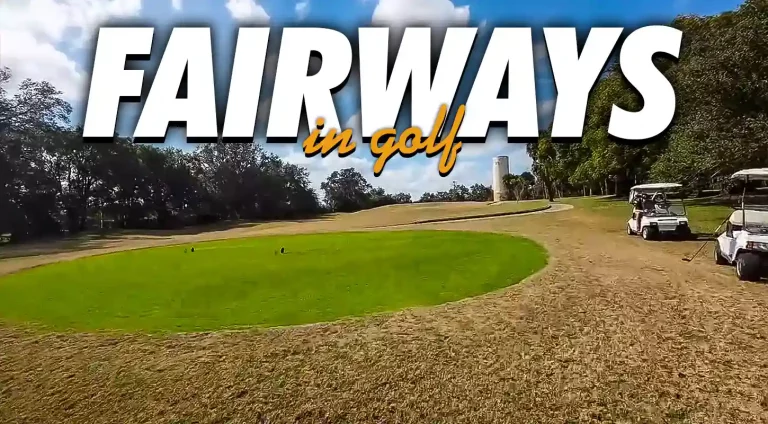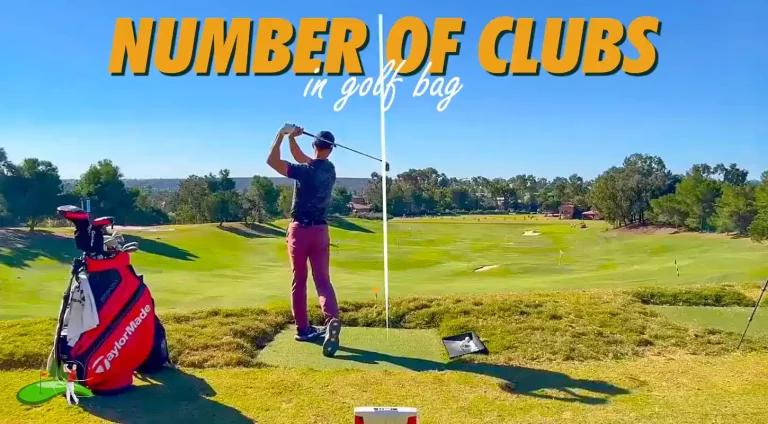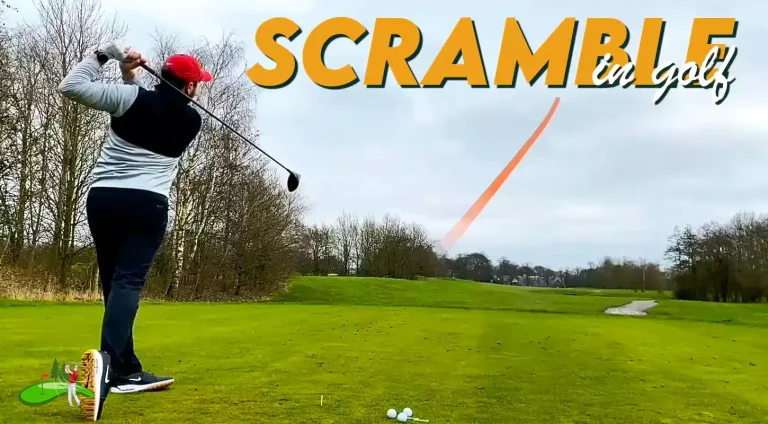Course and Slope Rating in Golf
New or casual golfers do not commonly use the Course and Slope rating. But these two are the most important numbers in golf. So, whether you are an amateur or a professional, every time you hit a score you need to record the course and slope ratings for the course and the set of tees you played with.
In this article, we are going to discuss what Course and Slope Ratings really mean. And how these two numbers are great equalizers in golf.
What is a Course Rating?
A Course Rating specifies the number that a scratch golfer should score on a particular course. For example, if a Par of a course is 52 then a course rating of 50.1 would indicate that it should be two under par on average for a scratch golfer. This also allows the scratch golfer to factor the difficulty of the course into his/her Handicap.

What is a Slope rating?
The second important term in golf is called “Slope rating” and this indicates the difficulty of a course for a Bogey golfer. In simple words, a Bogey golfer is someone who averages +18 for 18 holes.
Now, it may seem similar to Course Rating, but it provides different information than the Course Rating. For example, there are two courses namely A and B. A bogey golfer averages a score of 90 on course A and then he averages a score of 95 on course B. then, this indicates that course B has a higher Slope rating than course A.
Basic terms to know about Course Rating Vs. Slope Rating
Bogey Golfer
A Bogey golfer is determined using his Handicap index which is 20.0 for men and 24.0 for women. It is estimated that a male bogey golfer can tee the ball up to 200 yards. So, the ball may reach a 370-yard hole in two consecutive shots. Similarly, a female bogey golfer can tee the ball up to 150 yards. So, the ball may reach a 280-yard hole in two consecutive shots.
Scratch Golfer
When a golfer plays at a 0.0 Handicap index then he is a scratch golfer. It is estimated that a male scratch golfer can tee the ball up to 250 yards. So, the ball may reach a 470-yard hole in two consecutive shots. Meanwhile, a female scratch golfer is estimated to tee the ball up to 210 yards. So, the ball may reach a 400-yard hole in two consecutive shots.

Effective playing length
The effective playing length is the measure of the course to any adjustments made for roll, wind, altitude, elevation, and forced lay-ups. For example, if there is any elevation change from tee to green if an obstacle or more prevents a golfer from playing a full-length shot, or if the course is positioned 2000 feet above sea level.
Obstacle Stroke value
The obstacle stroke value is basically an evaluation of all the obstacles in a golf course. It is also highly probable that the closer the obstacles are to the landing zone the more will be the obstacle stroke value.







